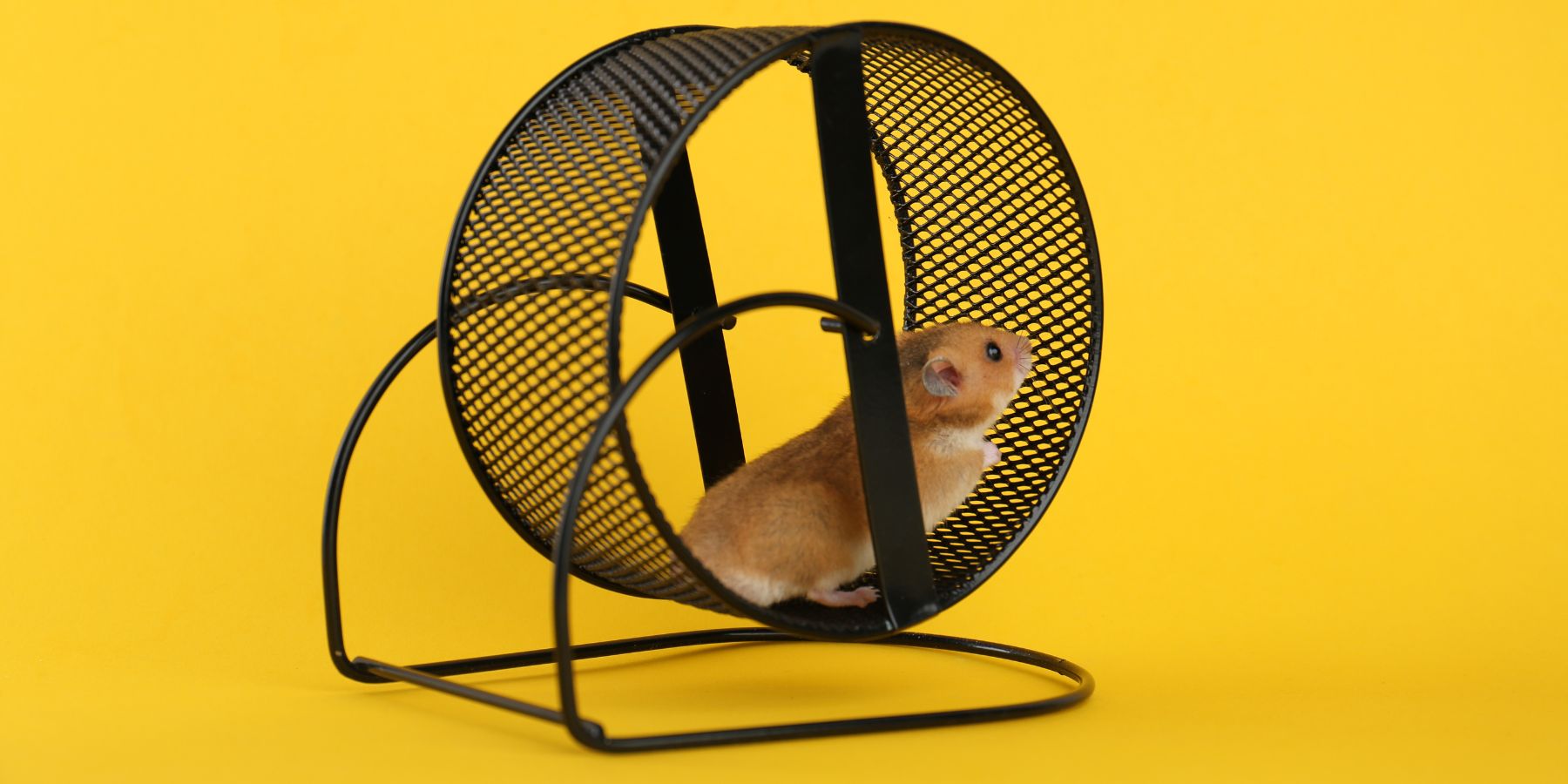Sapphire likes to share technology,business knowledge and her daily life to blog. She has been working in the field of information technology for many years. She is experienced in system analysis, software development and project management.

Russian Dwarf hamsters, with their playful nature and tiny size, are delightful pets that bring joy to many homes. To ensure they lead a happy and healthy life, exercise is an essential aspect of dwarf hamster care. But how do you provide the right amount of activity for such a small creature? This article will guide you through the ins and outs of exercising your Russian Dwarf hamster.
Why Exercise is Important for Russian Dwarf Hamsters
Exercise is vital for your hamster’s physical and mental well-being. Here’s why:
Prevents Obesity: Regular exercise helps maintain a healthy weight.
Improves Mental Health: It keeps them engaged and prevents boredom.
Promotes Natural Behaviors: Activities like running and exploring mimic their natural habits in the wild.
Ideal Exercise Activities
1. Exercise Wheel
The most common and effective way to ensure your Russian Dwarf hamster gets enough exercise is through an exercise wheel. Here are some tips for choosing the right wheel:
Size: The wheel should be large enough so that your hamster doesn’t curve its back too much when running. A diameter of about 8 inches is usually suitable.
Safety: Choose a solid wheel without bars to prevent injuries.
2. Playpen Time
Setting up a hamster-safe playpen outside the cage is a great way to provide exercise. This allows your hamster to explore and play in a controlled environment. You can add tunnels, toys, and other items for stimulation.
3. Hamster Ball
A hamster ball can be a fun way for your hamster to explore your house. However, use it with caution:
Supervision: Always keep an eye on your hamster while it’s in the ball.
Time Limit: Don’t leave your hamster in the ball for too long. Around 15-20 minutes is enough.
4. Climbing Structures
Incorporate climbing structures in your hamster’s cage. Ladders, platforms, and safe branches can encourage climbing and exploration.
Creating a Safe Exercise Environment
Safety is paramount when it comes to dwarf hamster care. Here are some tips to create a safe exercise space:
Secure Area: Ensure the playpen or room is escape-proof and free from hazards.
Remove Dangerous Objects: Keep away any items that your hamster could chew on or get stuck in.
Monitor Temperature: Hamsters can overheat, so keep the room at a comfortable temperature.
Understanding Your Hamster’s Exercise Needs
Each hamster is unique, and their exercise needs can vary. Pay attention to your hamster’s behavior:
Active at Night: Remember that hamsters are nocturnal, so they’ll be more active during the evening and night.
Listen to Your Hamster: If your hamster seems tired or stressed, it might be time to end the exercise session.
Balancing Exercise and Rest
While exercise is important, rest is equally crucial for your hamster’s health. Ensure your hamster has a quiet, comfortable place to retreat and rest after exercising.
Nutrition and Exercise
A balanced diet is essential to complement the exercise routine:
Quality Food: Feed your hamster a mix of quality hamster pellets, fresh fruits, and vegetables.
Fresh Water: Always have fresh water available, especially after exercise.
Common Exercise-Related Concerns
Overexertion
Hamsters can sometimes overdo it, especially in an exercise wheel. If you notice your hamster is constantly running and seems restless or stressed, it might be time to provide other forms of stimulation.
Age Considerations
As your hamster ages, it may slow down. Adjust its exercise routine accordingly and provide softer bedding to support its joints.
Conclusion
Exercising your Russian Dwarf hamster is a crucial aspect of providing comprehensive care. By offering a variety of activities and ensuring a safe environment, you can help your furry friend stay healthy and happy. Remember, the key to effective dwarf hamster care, including exercise, lies in understanding and catering to your pet’s unique needs and preferences. With the right approach, you can ensure your hamster enjoys a vibrant and fulfilling life.
